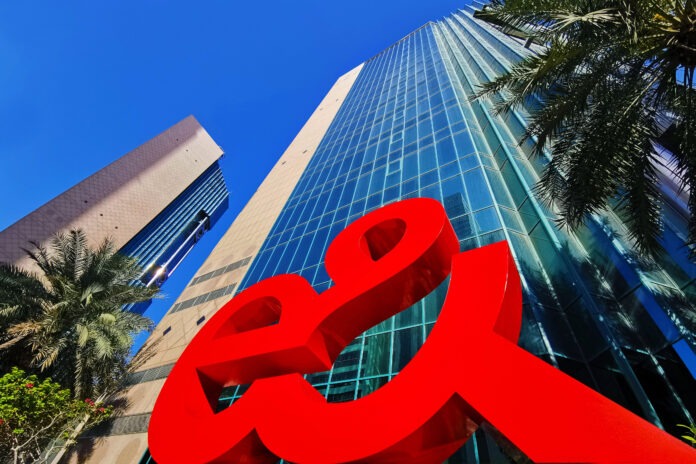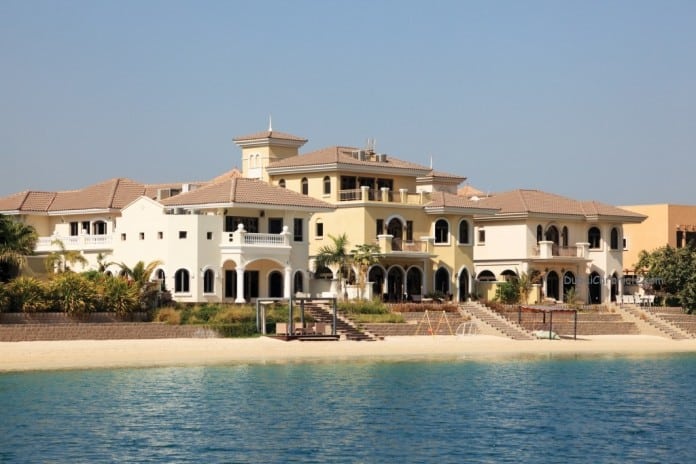[ad_1]
“The Radwan force is dedicated to duplicating what happened on Oct. 7 in the south of Israel in the north,” Tamir Hayman, a retired general who led Israeli military intelligence until 2021, said in an interview. “For that exact reason, it’s unacceptable for Israel to allow its fighters to remain in the border area.”
Last spring, the Radwan force took part in a rare example of public military exercises by Hezbollah, displaying an expansive military arsenal and simulating an infiltration into Israeli territory. Slick propaganda videos produced by Hezbollah have showcased the group’s small unit tactics and live-fire drills, interspersed with threats to Israel.
Why are we hearing more about the Radwan unit now?
The Oct. 7 attacks by Hamas also led to intensified strikes and retaliations between Hezbollah and Israel, forcing tens of thousands of people on each side of the border to evacuate.
In northern Israel, officials and residents have piled pressure on Prime Minister Benjamin Netanyahu to protect them from Hezbollah and make it safe to return home.
“We need some kind of guarantee that there’s no danger to our citizens in the north,” General Hayman said.
What Israel had treated as a manageable threat it now describes as something more serious, and Israeli leaders have repeatedly cited the Radwan unit by name. In December, Tzachi Hanegbi, Israel’s national security adviser, told Israeli media that the country “can no longer accept Radwan force sitting on the border.”
On Sunday, Rear Adm. Daniel Hagari, the chief spokesman for the Israeli military, said that a “focus” of its actions in Lebanon was driving the Radwan force away from the border.
Israeli leaders have increasingly declared in recent weeks that there are only two options for restoring calm in the conflict: a diplomatic solution that would move the Radwan forces farther from the border, north of the Litani River, or a major Israeli military offensive aimed at achieving the same goal.
So far, U.S.-led efforts to secure a diplomatic solution have proved unsuccessful.
Where did the Radwan force come from?
The origins and makeup of the unit are murky.
The group took its name from the nom de guerre of its former leader, Imad Mughniyeh, who was assassinated in Syria in 2008. Under his command, the unit played a pivotal role in the abduction of Israeli soldiers in 2006 that led to the outbreak of the Second Lebanon War.
The unit, along with other elements of Hezbollah and other Iran-backed groups, later took part in the battle against the Islamic State in Syria. But the fighting in the last three months has marked the Radwan force’s most active period against Israel since 2006.
Johnatan Reiss contributed reporting.
[ad_2]
Source link





















